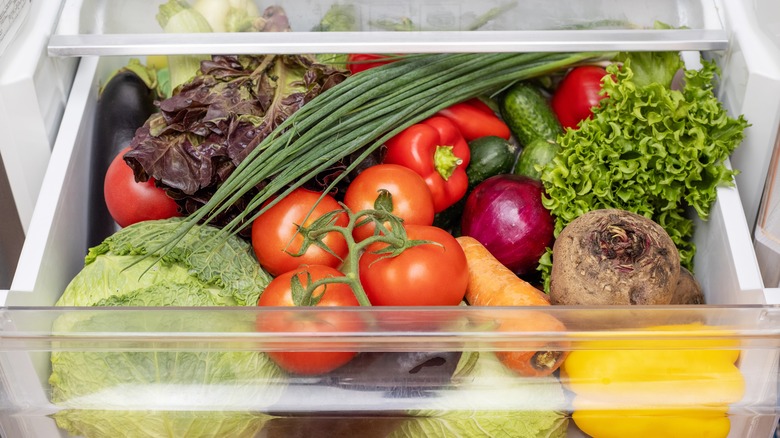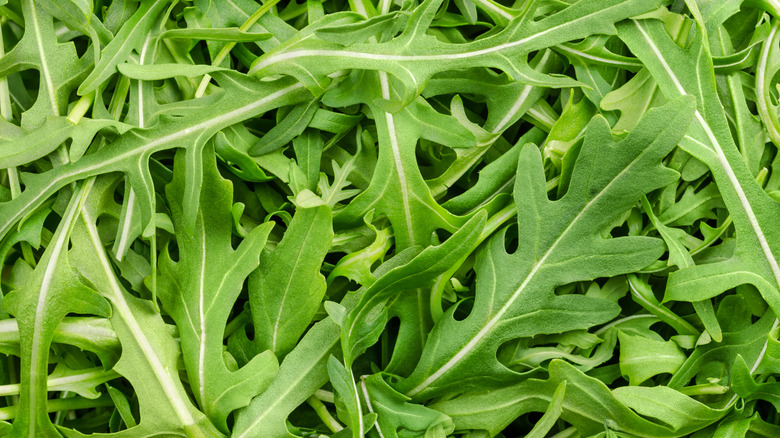The Type Of Vegetable With The Highest Level Of Nitrates
Nitrates and nitrites are often added to meats as a preservative and are frequently labeled as being bad, toxic, or even carcinogenic. Because of these concerns, there was a potential ban of all cured meats in France. However, according to WebMD, nitrates and nitrites are produced naturally in humans at a rate of "62 milligrams of nitrites a day." As of 2017, the European Food Safety Authority (EFSA) states that the "acceptable daily intake (ADI) for nitrates is 3.7 milligrams per kilogram of body weight per day."
Healthline says that some nitrates and nitrites act as antimicrobials and are helpful in killing certain bacteria in the digestive system. Nitrites can also turn into either nitric oxide or nitrosamines. Nitric oxide calms the muscle cells around arteries and opens up blood vessels to increase blood flow and bring high blood pressure levels down. Nitrosamines, however, are carcinogens that form when nitrates or nitrites are exposed to very hot temperatures, mostly during cooking but they can also be found in tobacco smoke. Often, meats with added nitrates and nitrites, such as bacon or ham, are heated to temperatures hot enough for nitrosamines to form, which is the root concern for many people.
It's important to be aware of daily nitrate and nitrite intakes, especially when it comes to processed meats. However, nitrates can also be found naturally in many vegetables (per the EFSA), especially leafy greens such as lettuce, spinach, and arugula. Here are the vegetables with the highest level of nitrates.
Leafy greens, specifically arugula, have the highest levels of nitrates
Per the Cambridge University Press, a study revealed nitrate levels in various vegetables, garlic, mushrooms, tomatoes, and peas have the lowest levels, with 0.02 to 3 millimoles per kilogram (mmol/kg). Vegetables with medium nitrate levels include kale with 0.3 to 30 mmol/kg and cabbage with 0.8 to 2 mmol/kg. Vegetables high in nitrates are spinach with 1 to 49 mmol/kg, celery with 0.3 to 54 mmol/kg, lettuce with 0.9 to 59 mmol/kg, beetroot with 2 to 59 mmol/kg, and rocket, aka arugula, with 25 to 118 mmol/kg — the most nitrate of all vegetables tested.
Another study published in the National Library of Medicine investigated nitrate levels during spring and fall seasons in at least 200 leafy greens. Of the spring leafy greens, cabbage had the least nitrates with 603 milligrams per kilogram (mg/kg) while spring chard had the highest nitrates with 972 mg/kg. In the fall, the chard had the least amount of nitrates with 1,024 mg/kg, while the arugula had the most nitrates with 4,354 mg/kg.
While it's true that leafy greens have the highest nitrate levels, this doesn't mean you shouldn't eat them. Unlike processed meats with added nitrates and nitrites, leafy greens don't get heated to the same high temperatures; therefore, the nitrites are unlikely to turn into carcinogenic nitrosamines (via Healthline).

